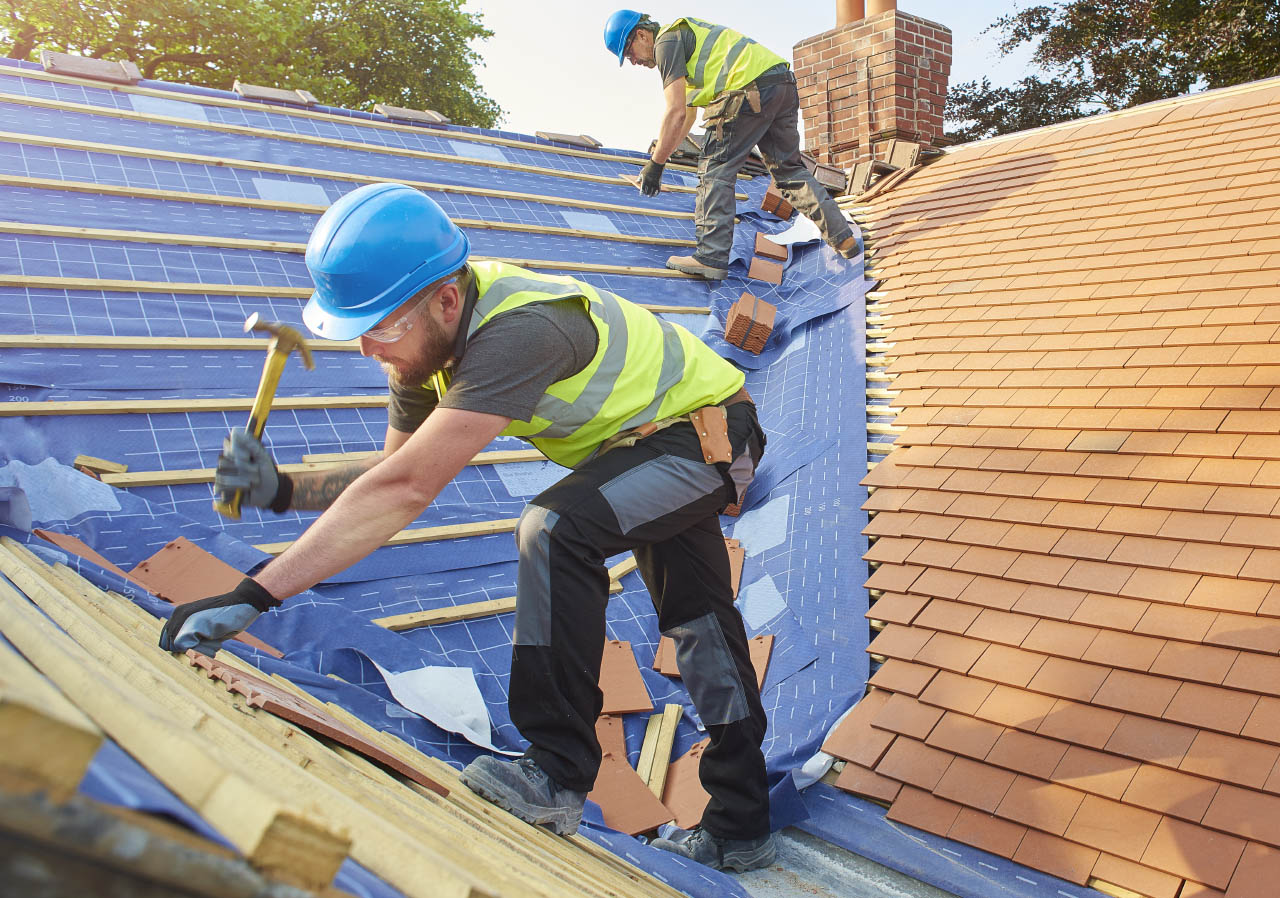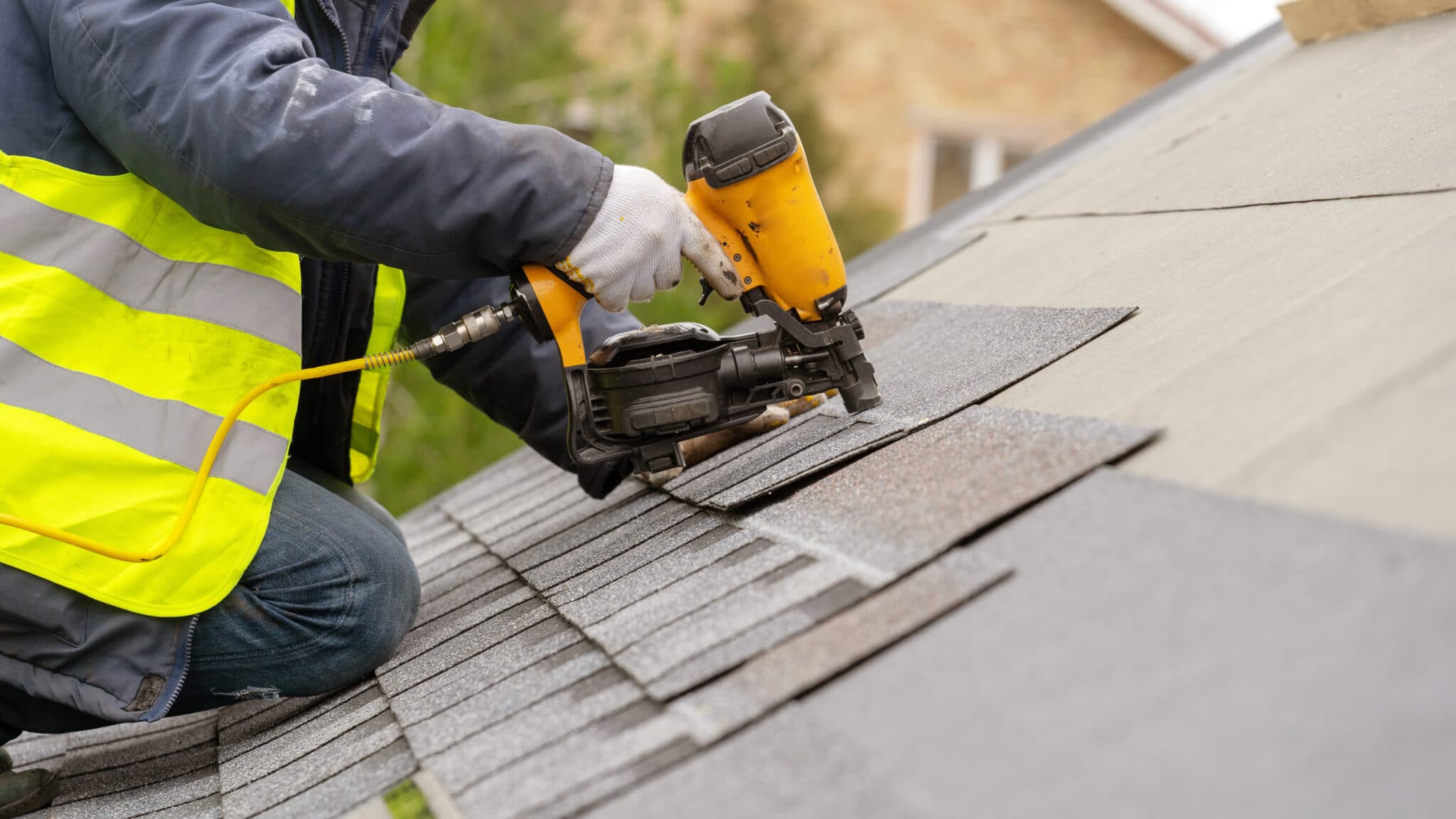Roofers Oahu: Specialist Roof Installations and Repairs
Roofers Oahu: Specialist Roof Installations and Repairs
Blog Article
Comprehending the Various Kinds Of Roof Coverings: A Comprehensive Overview for Homeowners
In the world of homeownership, selecting the proper roof design is a choice that brings substantial effects for both capability and visual charm. With an array of options-- ranging from the traditional gable to the contemporary level-- each kind offers one-of-a-kind benefits and difficulties that must line up with the house owner's details demands and ecological factors to consider. Recognizing these differences not only aids in making an informed selection yet likewise influences long-term upkeep and power effectiveness. As we explore the intricacies of numerous roofing types, it becomes noticeable that a person size does not fit all; the right selection may surprise you.
Saddleback Roof
Saddleback roofs, identified by their triangular shape, are amongst the most prominent roof covering styles as a result of their simplicity and efficiency in shedding water and snow. This layout features 2 sloping sides that meet at a ridge, enabling efficient drain and minimizing the danger of water buildup. The steep pitch frequently associated with saddleback roofs boosts their ability to manage hefty precipitation, making them suitable for different environments.
Along with their useful advantages, gable roof coverings offer aesthetic convenience. They can be adapted to various architectural styles, from standard to modern-day homes. The design can also fit extra attributes such as dormer home windows, which enhance natural light and ventilation in the attic area.
Additionally, saddleback roofs provide sufficient area for insulation, adding to power effectiveness. Homeowners can choose from a variety of roofing materials, including asphalt shingles, metal, and tiles, even more enhancing customization choices.
In spite of their advantages, saddleback roofs may need extra assistance in areas vulnerable to high winds or hefty snowfall. Generally, the gable roof covering continues to be a popular selection as a result of its mix of performance, longevity, and aesthetic charm.
Flat Roofs
Flat roofs are frequently recognized for their minimal layout and functional applications, especially in business and industrial setups (oahu roofing). These roofing systems feature a nearly straight or straight surface, which enables simple building and versatile room use. While they may do not have the visual appeal of angled roofs, level roofing systems offer countless advantages, especially in metropolitan environments where optimizing area is essential
Among the main advantages of flat roofs is their access. Property owners can make use of the roofing space for different purposes, such as roof yards, terraces, or photovoltaic panel setups. In addition, flat roof coverings are normally more cost-efficient to maintain and set up compared to their sloped counterparts, as they call for fewer products and labor.
However, level roofs do existing particular obstacles. Appropriate water drainage is important to avoid water pooling, which can result in leakages and architectural damage. For this reason, picking top quality waterproofing products and normal inspections are important for making certain longevity. Typical materials made use of for level roofs include built-up roof (BUR), modified bitumen, and single-ply membranes, each offering unique advantages. On the whole, flat roofings offer as a adaptable and functional choice for lots of house owners and organizations alike.
Hip Roofings
Hip roofings are defined by their sloped sides that assemble at the top, forming a ridge. This layout stands out from gable roof coverings, as all 4 sides of a hip roof covering incline downwards toward the walls, providing an extra secure structure. The angle of the slopes can differ, enabling convenience in building looks and performance.
One of the primary benefits of hip roof coverings is their capability to endure heavy winds and negative climate problems. The sloped surfaces make it possible for far better water drainage, reducing the danger of leakages and water damage. Furthermore, hip roofings provide increased attic space, which can be used for storage and even exchanged habitable locations.
However, creating a hip roofing system can be more intricate and costly than less complex roofing system kinds, such as gable roofings. The added material and labor associated with creating the inclines and ensuring appropriate architectural stability can bring about higher costs. Despite these disadvantages, several house owners prefer hip roofing systems for their durability, aesthetic allure, and potential for energy performance.
Mansard Roofs
Mansard roofing systems, usually acknowledged by their special four-sided layout, feature 2 inclines on each side, with the reduced slope being steeper than the upper. This architectural design, stemming from France in the 17th century, is not just aesthetically attractive yet useful, as it makes best use of the usable space in the upper floors of a structure. The high lower slope allows for more headroom, making it a suitable selection for lofts or attics, which can be exchanged living spaces.
Mansard roofing systems are defined by their convenience, accommodating various architectural styles, from traditional to modern. They can be built with different materials, including asphalt shingles, slate, or metal, offering property owners with a variety of choices to fit their preferences and spending plans. In addition, the layout permits the combination of dormer windows, enhancing natural light and ventilation in the top degrees.
Nevertheless, it is necessary to take into consideration the prospective disadvantages. Mansard roofing systems may call for even more maintenance due to the complexity of their layout, and their steep slopes can be challenging for snow and rainfall overflow. In general, mansard roofing systems combine style with usefulness, making them a prominent choice amongst home owners seeking distinctive building functions.
Shed Roof Coverings
As house owners progressively look for simpleness and functionality in their building styles, shed roof coverings have arised as a prominent choice. Identified by a single sloping aircraft, a shed roofing system presents a minimal aesthetic that enhances various home designs, from contemporary to rustic.
One of the key advantages of a shed roof is its straightforward construction, which typically translates to reduce labor and product costs. This design enables efficient water drainage, minimizing the threat of leaks and water damage. In addition, the vertical slope gives ample area for skylights, improving all-natural light browse around these guys within the inside.
Shed roofing systems additionally use versatility in terms of usage. They can be successfully incorporated right into enhancements, garages, or exterior structures like pavilions and sheds. Moreover, this roof covering design can suit various roofing materials, including metal, asphalt roof shingles, or perhaps eco-friendly roofings, straightening with eco-friendly efforts.
Nevertheless, it is necessary to take into consideration local environment problems, as heavy snow tons may necessitate adjustments to the roofing system's angle or structure. Overall, shed roofs present a sensible and cosmetically pleasing alternative for home owners aiming to maximize functionality without endangering design.
Final Thought


Gable roof coverings, identified by their triangular shape, are amongst the most popular roof designs due to their simpleness and effectiveness in dropping water and snow. oahu roofing. The high pitch commonly connected with gable roof coverings enhances their ability to manage heavy precipitation, making them appropriate for numerous environments
While they may lack the visual allure of pitched roofs, flat roofing systems use numerous advantages, especially in metropolitan atmospheres where maximizing area is vital.

Report this page